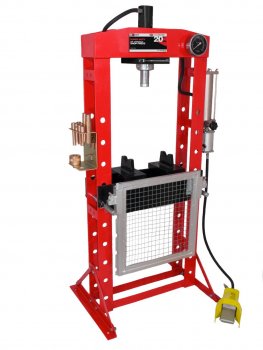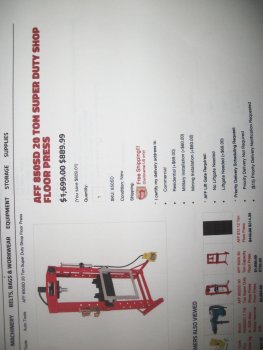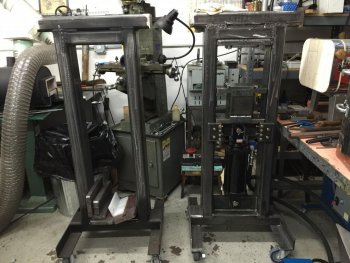DuxHavenForge
Member
Hi guys,
I'm looking for some advice on hydraulic forging press designs. I'm going to build the press myself so i'm looking for simplicity in design. I was wondering if anybody out there has any designs or advice they may be interested in sharing. I am planning on using a 5in ram, hoping to get 30 tons or so. I pretty much have the hydraulics figured out, but am looking for the frame design and dimensions. Thanks in advance
Jeremy Hebert
I'm looking for some advice on hydraulic forging press designs. I'm going to build the press myself so i'm looking for simplicity in design. I was wondering if anybody out there has any designs or advice they may be interested in sharing. I am planning on using a 5in ram, hoping to get 30 tons or so. I pretty much have the hydraulics figured out, but am looking for the frame design and dimensions. Thanks in advance
Jeremy Hebert




